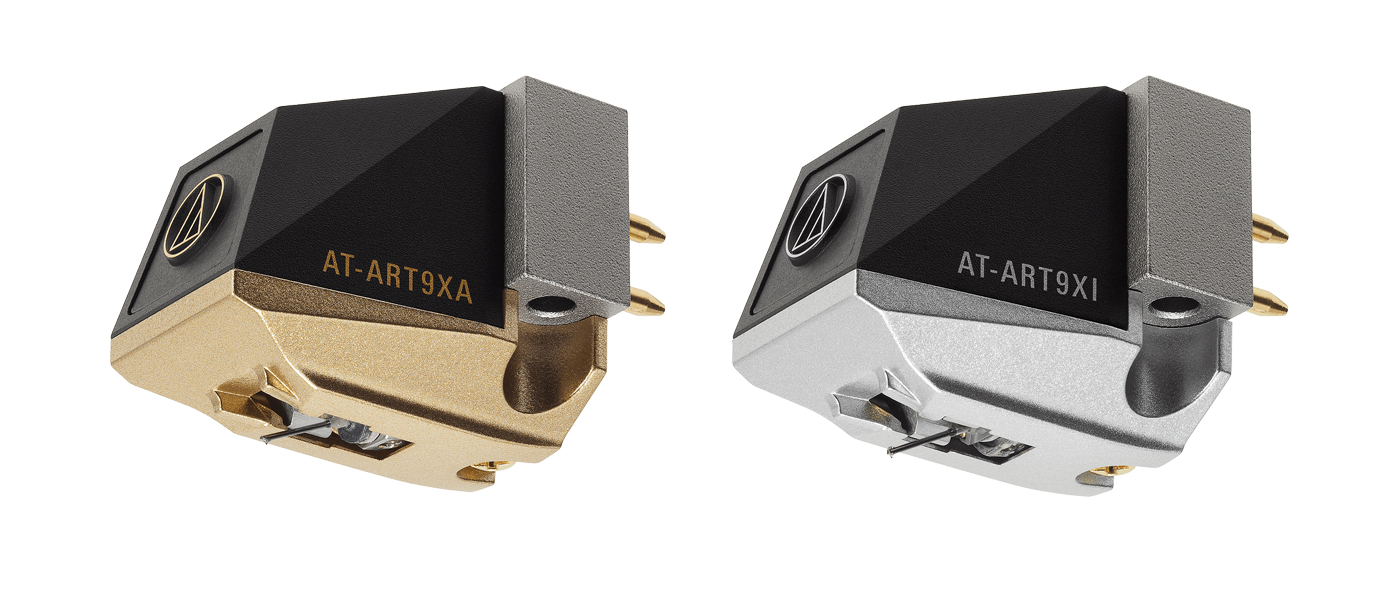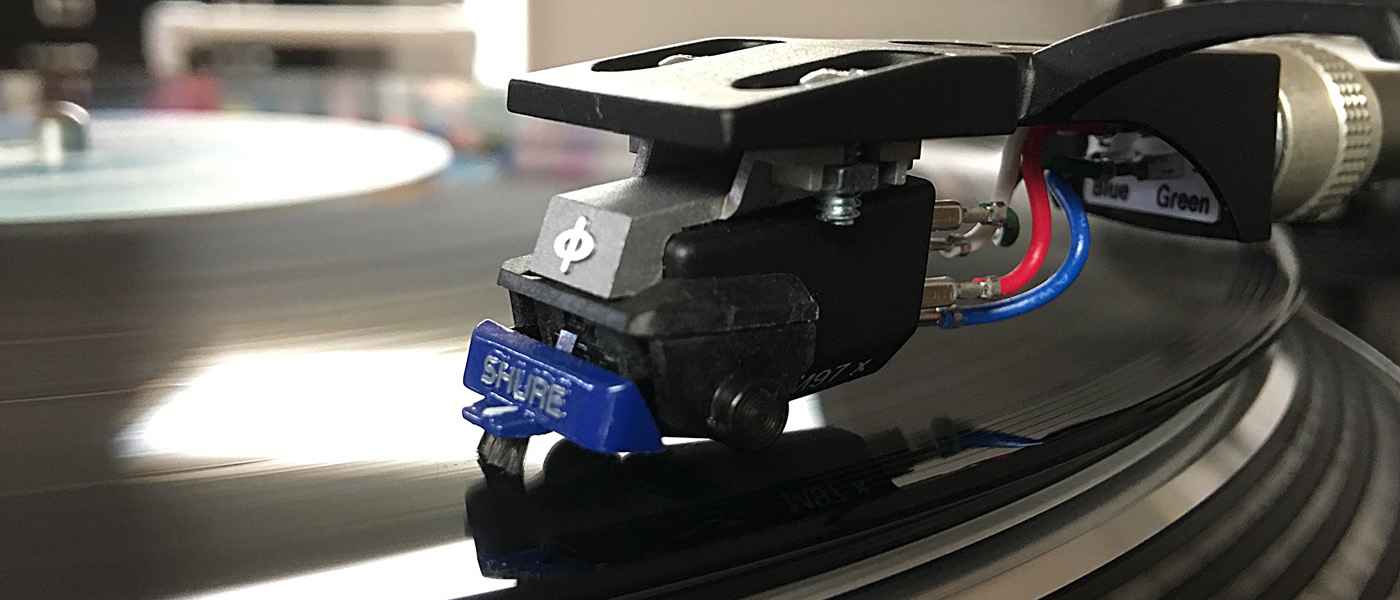OP
nothingman
Senior Member
- Thread Starter
- #21
As the OP I thought I’d chime to say I switched from the VM95ML to the 540ML and I couldn’t be happier. It’s all objective so I’ll spare a bunch of flowery prose, but I think the 540ML is just a better design and I notice a better-centered image, wider stage, and more even and extended full-range response. Not that the VM95ML is any slouch! But I think if you have something like the SL1200GR, then using the stock headshell with the 540ML is the way to go.
The only curveball is that I also added the KAB damper a couple weeks after getting the 540ML. This was less due to issues with real world listening and more just trying to get the most out of a cartridge with slightly higher-than-ideal compliance for the Technics’ tonearm. I think you can definitely get away without it, but the cart tracks better with the damper. I can’t say the sound actually changed all that much.
One thing that I didn’t appreciate at the time of purchase is that that the headshell that comes with the VM95ML/H places the cartridge too low, meaning you can’t properly level the tonearm. The dial won’t go low enough. I guess that headshell was made for the old 6mm Technics mats and whatever VTA situation is going on with the AT TTs, not the 3mm mats that the newer Technics tables have. If you have something like the SL1200GR like me then it’s better to use the stock headshell with either AT cartridge (and your VTA dial setting will be “0” with that setup).
The only curveball is that I also added the KAB damper a couple weeks after getting the 540ML. This was less due to issues with real world listening and more just trying to get the most out of a cartridge with slightly higher-than-ideal compliance for the Technics’ tonearm. I think you can definitely get away without it, but the cart tracks better with the damper. I can’t say the sound actually changed all that much.
One thing that I didn’t appreciate at the time of purchase is that that the headshell that comes with the VM95ML/H places the cartridge too low, meaning you can’t properly level the tonearm. The dial won’t go low enough. I guess that headshell was made for the old 6mm Technics mats and whatever VTA situation is going on with the AT TTs, not the 3mm mats that the newer Technics tables have. If you have something like the SL1200GR like me then it’s better to use the stock headshell with either AT cartridge (and your VTA dial setting will be “0” with that setup).



